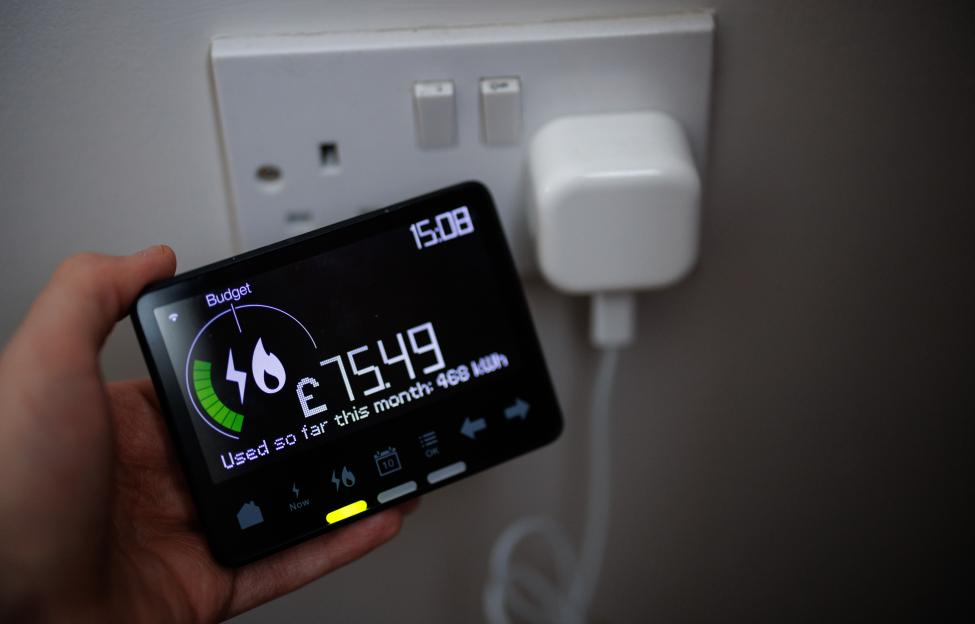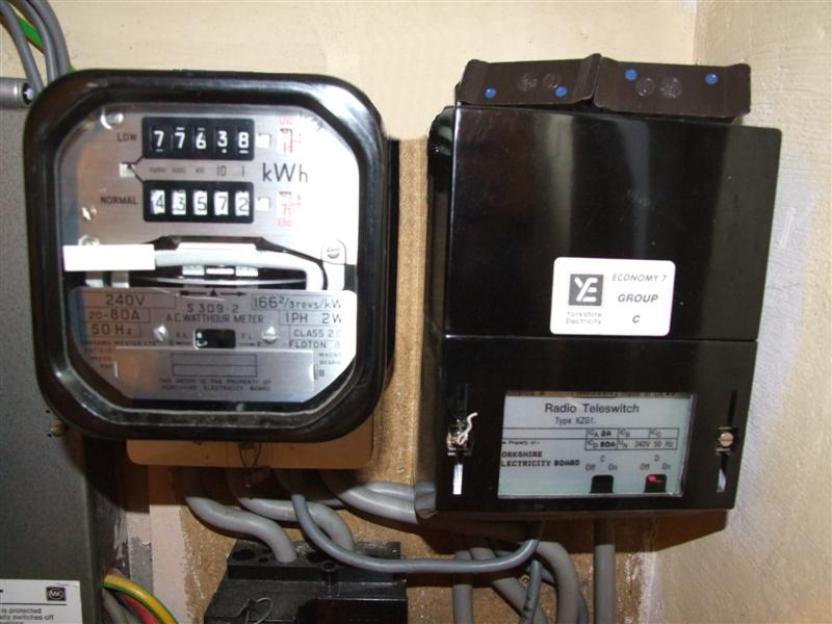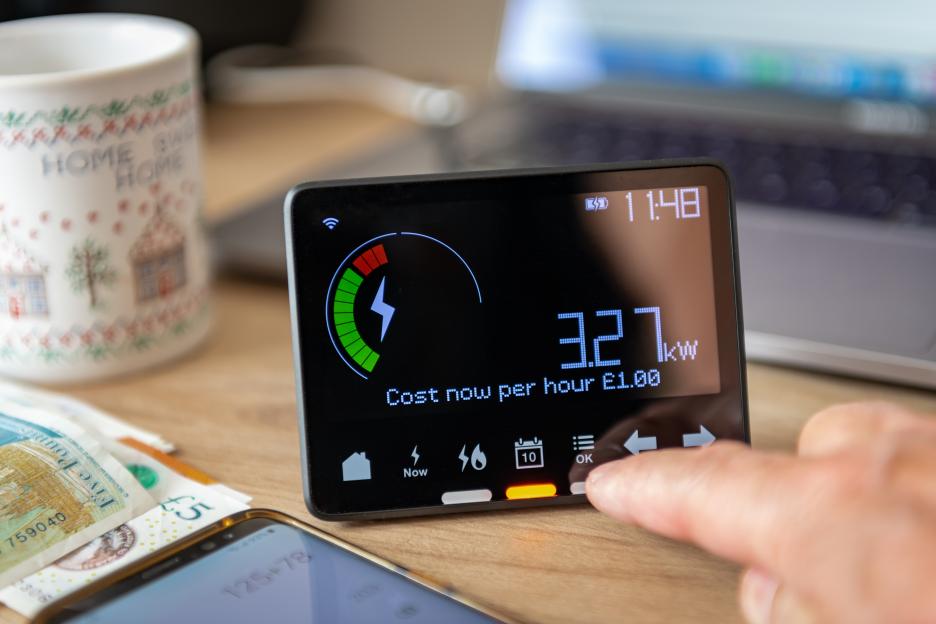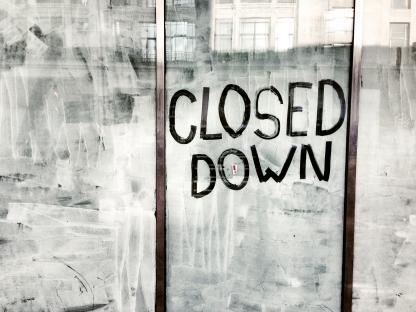A HUGE energy firm has warned households to make urgent contact if they're using a specific energy meter.
Customers using an Radio Teleswitch Signal (RTS) meter need to act now to ensure their device is changed before the system is switched off.

Electricity meters that rely on the RTS will stop functioning after June 30, 2025.
Affected customers are required to upgrade to a smart meter before this deadline.
Around 530,000 customers rely on these meters, which offer cheaper electricity rates at certain times of day, according to Energy UK.
The devices rely on the RTS which broadcasts a signal alongside the long-wave channel forBBCRadio 4.
This signal is then picked up by the meter and used to switch the electricity rates between peak and off-peak at different times of the day.
Some RTS electricity meters can also be set to automatically turnheating and hot water systemson and off during certain hours, using the signal.
However, when the RTS signal is switched off these meters will no longer function as intended.
This means that from June, these meters could be left jammed on peak time electricity ratesdepending on when the signal dies.
EDF has issued a renewed warning for its customers with RTS meter to get in touch.
The energy provider said: “The Radio Teleswitch Signal (RTS) switch-off date of 30 June 2025 is fast approaching and some customers may not realise they have an RTS meter that needs changing.
“If your home is supplied by an older style meter, it’s important to check whether it’s controlled by a Radio Teleswitch. Even if you’ve upgraded your heating system, installed a gas supply, or your peak and off-peak rates are billed together, you could still be affected.
“If you have an RTS meter that’s not changed by June 2025, it could have an impact on your heating, hot water and how much you pay for your energy, so it’s important that your meter is exchanged is as soon as possible.
“Look for a separate switch box near your meter with a radio teleswitch label, or think about whether you rely on a radio signal to switch between peak and off-peak rates. If you think you might be impacted, please contact us urgently to book an appointment for a meter exchange.”
Suppliers have been racing to transition customers tosmart metersahead of the looming deadline.
But a recent investigation by Flying Eze found many suppliers are facing a shortage of appointments, partly due to the vast number of RTS customers rushing to upgrade to smart meters.
At the end of January, Octopus Energy put out a plea to thousands of its own customers.
Similarly, over 65,000 E.ONNextcustomers are also beingurged to come forwardand get a smart meter installed.

How do I know if I have an RTS electricity meter?
You'll be able to tell if you have a meter that relies on the RTS quite easily.
The oldest RTS-powered meters have a switch box labelled “Radio Teleswitch” located next to the physical electricity meter.
Others may have the RTS switch box included within the electricity meter as a single box on the wall.
If you're unsure about the type of electricity meter in your home – call your supplier as they'll usually have this information on hand.
RTS is also sometimes called dynamically teleswitched (DTS).
What's the alternative to RTS?
Smart meters offer the same features as RTS in that they can record the different prices at different times of day offered by Economy 7 tariffs.
They work using a digital signal and can also show your energy usage in real time, something many users find useful for reducing it and saving money.
Smart meters are being rolled out by suppliers across the country and around 36million households have one, though they are not without issues.
Around one in ten are thought to be “dumb” according to recent data from Ofgem.
Issues include a broken display and trouble connecting to the network in some areas, while many first-generation smart meters have outdated technology, though this is unlikely to be an issue with ones fitted now.
Suppliers should make efforts to fix smart meters that are not working, but you may have to make meter readings in the meantime to ensure accurate bills.
Monitors—the part of the smart meter that shows readings and usage—less than 12 months old should be replaced or fixed for free.
You can ask your supplier for a traditional meter instead, but as smart meters are replacing them, they are not obligated to give you one.
Can I keep my RTS tariff?
Suppliers have been told by Ofgem that they must take reasonable steps to ensure they are on a like-for-like tariff after moving to a smart meter.
In some cases where this isn't possible, they must work with the customer to agree an appropriate tariff.
There may be more smart meter-only tariffs available to some customers that could save them money.
If you haven't been contacted by your supplier already, you don't need to wait for a letter asking you to switch, you can contact them directly.
An Ofgem spokesperson said: “We expect suppliers to consider a range of innovative solutions to ensure their RTS customers get on to a metering and tariff arrangement appropriate for them.
“Smart meters are the best replacement for RTS meters – giving consumers more control of their energy usage and opening access to new money-saving tariffs – however, customers should speak to their supplier to understand the options that are available.”
How do I calculate my energy bill?
BELOW we reveal how you can calculate your own energy bill.
To calculate how much you pay for your energy bill, you must find out your unit rate for gas and electricity and the standing charge for each fuel type.
The unit rate will usually be shown on your bill in p/kWh.The standing charge is a daily charge that is paid 365 days of the year – irrespective of whether or not you use any gas or electricity.
You will then need to note down your own annual energy usage from a previous bill.
Once you have these details, you can work out your gas and electricity costs separately.
Multiply your usage in kWh by the unit rate cost in p/kWh for the corresponding fuel type – this will give you your usage costs.
You'll then need to multiply each standing charge by 365 and add this figure to the totals for your usage – this will then give you your annual costs.
Divide this figure by 12, and you'll be able to determine how much you should expect to pay each month from April 1.
Do you have a money problem that needs sorting? Get in touch by emailing [email protected].
Plus, you can join our Sun Money Chats and Tips Facebook group to share your tips and stories







